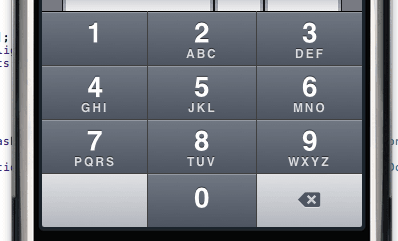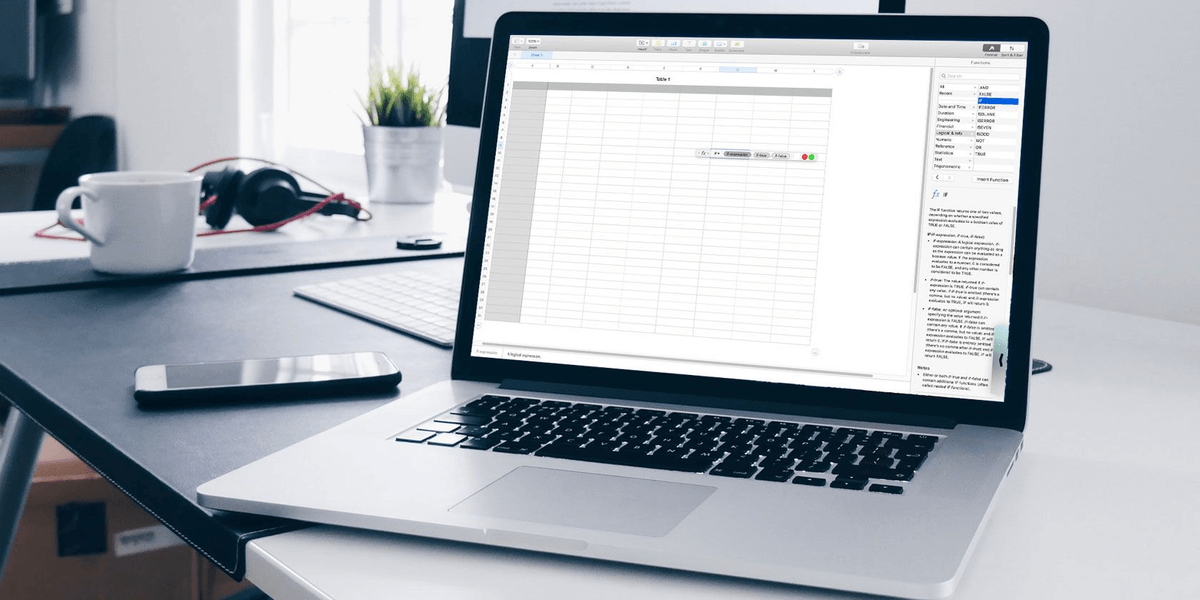To use text, create a short title that succinctly describes what the button does. If a glyph makes sense in your button, consider using an existing or customized SF symbol (for guidance, see SF Symbols).
You can use a glyph (or icon), a title, or both to communicate a button’s purpose. For developer guidance, see UIButton.Configuration.Ĭreate button content that helps people instantly understand what the button does. If necessary, you can change these attributes - in addition to attributes that control content layout and the presence of an activity indicator - in your button configuration. By default, a system button uses a size-specific corner radius and your app’s tint color. You can configure a system button to use any combination of style and size. Each style has a different level of visual prominence, helping you communicate a hierarchy of actions within your app. The system defines four button styles, each available in three sizes. In addition, there are several system-defined button types - such as toggle, pop-up, and pull-down - that support a variety of specific use cases.įor developer guidance, see UIButton (UIKit) and Button (SwiftUI). The system offers a range of button styles that support extensive customization while providing built-in interaction states, accessibility support, and appearance adaptation.



